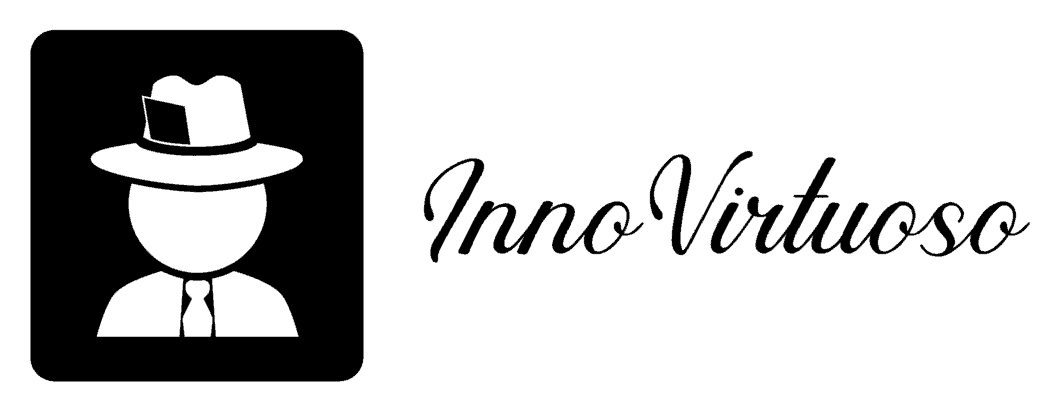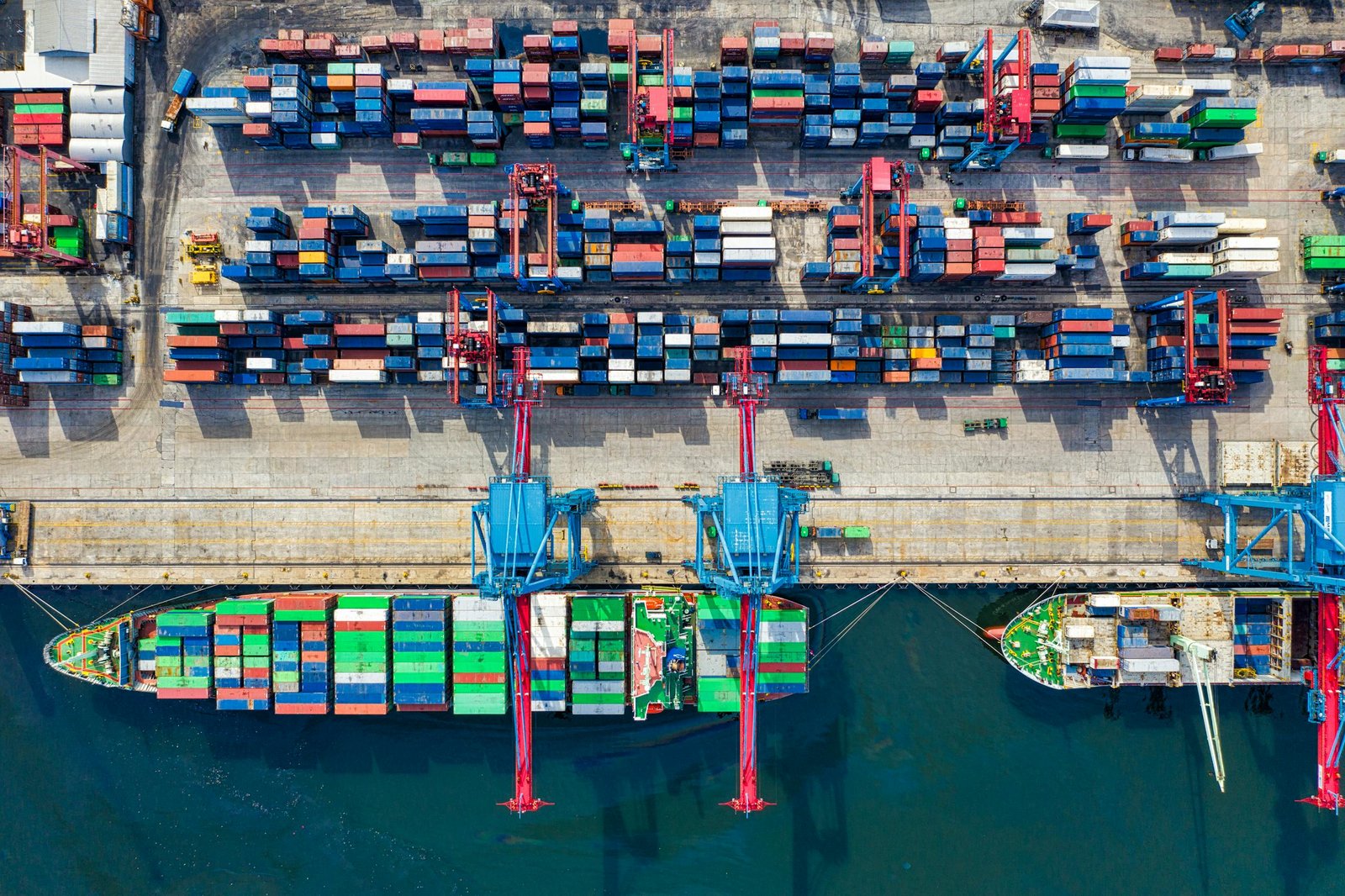A Comprehensive Guide to Ensuring Supply Chain Security in Compliance with the NIS2 Directive
Introduction to NIS2 Directive
The Network and Information Systems Directive 2 (NIS2) represents a significant evolution in the European Union’s approach to enhancing cybersecurity. This directive, building on the foundation laid by its predecessor, NIS, aims to address the growing complexities and threats in the digital landscape. The primary purpose of NIS2 is to bolster the cybersecurity framework across the EU, ensuring a high level of security for network and information systems.
NIS2’s key objectives include increasing the overall level of cybersecurity, improving the resilience of essential and important entities, and fostering greater cooperation among EU member states. By setting more stringent requirements, the directive seeks to ensure that organizations within critical sectors are well-equipped to defend against cyber threats. The directive mandates that organizations implement robust cybersecurity measures, conduct regular risk assessments, and report significant incidents to the relevant authorities promptly.
Moreover, NIS2 emphasizes the importance of collaboration and information sharing among member states. This cooperative approach is designed to create a more unified and effective response to cybersecurity threats, facilitating the exchange of best practices and threat intelligence. The directive also underscores the need for continuous improvement in cybersecurity capabilities, necessitating regular updates to security protocols and practices.
The timeline for the implementation of NIS2 is structured to allow member states and affected entities sufficient time to comply with the new requirements. The directive was adopted in December 2022, and member states are expected to transpose the provisions into national law by October 2024. This phased approach ensures a smooth transition and provides ample time for organizations to align their cybersecurity strategies with the directive’s mandates.
Sectors affected by the NIS2 Directive are extensive and include energy, transport, banking, financial market infrastructures, health, drinking water supply and distribution, digital infrastructure, public administration, and space. By encompassing such a wide range of critical sectors, NIS2 aims to create a comprehensive and resilient cybersecurity posture across the EU, safeguarding vital services and infrastructure from cyber threats.

Understanding Supply Chain Security
Supply chain security encompasses the strategies and measures implemented to protect the integrity, confidentiality, and availability of operations and information within an organization’s supply chain. This domain is essential for safeguarding against disruptions that could have significant financial, operational, and reputational repercussions. Effective supply chain security ensures that all components of the supply chain, from suppliers to logistics and information systems, function without susceptibility to cyber threats or other vulnerabilities.
The supply chain is a complex network that includes multiple entities and processes. Key components that require rigorous security measures include suppliers, logistics providers, information systems, and third-party services. Suppliers are integral to the supply chain as they provide essential goods and services. Ensuring that suppliers adhere to stringent security standards is crucial to prevent potential breaches. Logistics providers, responsible for the transportation and storage of goods, must also be secured to protect physical assets and data during transit.
Information systems play a pivotal role in managing supply chain operations. These systems, which encompass everything from inventory management software to enterprise resource planning (ERP) systems, must be fortified against cyber threats. Cybersecurity measures such as firewalls, encryption, and regular vulnerability assessments are vital to maintaining the integrity of these systems. Additionally, third-party services, which might include cloud providers or managed service providers, must be scrutinized for security compliance to ensure they do not become weak links in the supply chain.
The potential risks and vulnerabilities within the supply chain are numerous and varied. Cyber threats such as ransomware, phishing attacks, and data breaches can exploit weak points within the supply chain, leading to significant disruptions. Additionally, physical security threats, such as theft or tampering during transportation, can also jeopardize the supply chain. Therefore, a comprehensive approach that integrates both cyber and physical security measures is necessary to mitigate these risks effectively.
Key Requirements of the NIS2 Directive for Supply Chain Security
The NIS2 Directive establishes a stringent framework for enhancing supply chain security, necessitating organizations to adhere to several critical requirements. One of the primary mandates is the implementation of comprehensive risk management strategies. Organizations are required to conduct thorough risk assessments to identify potential vulnerabilities within their supply chains. These assessments should encompass all suppliers and service providers to ensure that any risks are promptly identified and mitigated.
Incident reporting is another crucial requirement under the NIS2 Directive. Organizations must establish robust mechanisms for reporting security incidents. This includes the timely notification of competent authorities and affected stakeholders in the event of a cyber incident. The directive emphasizes the importance of transparency and swift communication to prevent the escalation of security breaches and to facilitate coordinated responses.
Compliance obligations under the NIS2 Directive also extend to the implementation of security measures. Organizations are expected to adopt appropriate technical and organizational measures to protect the integrity, availability, and confidentiality of their supply chains. This involves deploying advanced cybersecurity technologies, enforcing strict access controls, and ensuring the regular updating and patching of systems to fend off potential threats.
Continuous monitoring is pivotal for maintaining supply chain security. The NIS2 Directive requires organizations to establish ongoing monitoring processes to detect and respond to emerging threats. This includes employing real-time surveillance tools and maintaining a vigilant posture towards new vulnerabilities. Continuous monitoring ensures that organizations can swiftly adapt to evolving cyber threats and maintain the resilience of their supply chains.
In essence, the NIS2 Directive sets forth rigorous requirements aimed at fortifying supply chain security. By mandating risk assessments, incident reporting, the implementation of security measures, and continuous monitoring, the directive seeks to bolster the overall cybersecurity posture of organizations, ensuring they are well-equipped to tackle the complexities of modern supply chain threats.
Conducting a Supply Chain Risk Assessment
Conducting a thorough supply chain risk assessment is a critical step in ensuring compliance with the NIS2 Directive. This process begins with identifying potential threats and vulnerabilities that could impact the supply chain. To start, create an inventory of all suppliers and partners involved in your supply chain. This inventory should include information on their roles, the products or services they provide, and their geographical locations.
Once the inventory is compiled, assess each supplier’s potential threats. These threats could range from cyber-attacks to natural disasters, or even geopolitical instability. Utilize historical data, industry reports, and threat intelligence tools to gain insights into potential risks. Employing frameworks such as the MITRE ATT&CK framework can help in identifying and understanding adversary tactics and techniques that may target your supply chain.
Next, evaluate the vulnerabilities within your supply chain. This involves examining the security measures each supplier has in place and identifying any gaps that could be exploited. Conducting audits and assessments, such as penetration tests and vulnerability scans, can provide a clear picture of these weaknesses. Tools like the National Institute of Standards and Technology (NIST) Cybersecurity Framework can guide you in evaluating these vulnerabilities systematically.
After identifying threats and vulnerabilities, the next step is to evaluate the impact of these risks. Consider both the likelihood of each risk occurring and the severity of its potential impact on your supply chain. This evaluation can be quantified using risk matrices, which plot the probability of a risk against its potential impact. This visualization helps in prioritizing risks based on their overall threat level.
To assist in this process, leverage risk assessment tools and platforms. Software solutions like RiskWatch and RSA Archer can automate risk analysis, prioritize risks, and recommend mitigation strategies. These tools often come equipped with dashboards and reporting features, enabling continuous monitoring and real-time updates on risk status.
Finally, document your findings and create an actionable risk management plan. This plan should include strategies for mitigating identified risks, such as enhancing supplier security measures, diversifying suppliers, or developing contingency plans. Regularly review and update your risk assessment to ensure ongoing compliance with the NIS2 Directive and adapt to the evolving threat landscape.

Implementing Effective Security Measures
In the evolving landscape of supply chain security, organizations must implement a robust mix of technical and organizational measures to ensure compliance with the NIS2 Directive. One of the primary technical measures includes encryption, which safeguards sensitive data during transmission and storage, thereby preventing unauthorized access. Encryption tools should be regularly updated to counter emerging threats and improve their efficacy.
Access control mechanisms are another critical technical measure. By implementing multi-factor authentication (MFA) and role-based access control (RBAC), organizations can ensure that only authorized personnel can access sensitive information. Regularly updating and reviewing access permissions can further enhance security, reducing the risk of internal threats.
Regular audits are indispensable for maintaining supply chain security. These audits help identify vulnerabilities, ensuring compliance with the NIS2 Directive. They should encompass both internal processes and the security measures implemented by suppliers and third-party vendors. Conducting comprehensive risk assessments and vulnerability scans will help organizations stay ahead of potential threats.
Employee training plays a pivotal role in fortifying supply chain security. By educating employees about the latest security practices, phishing attacks, and social engineering tactics, organizations can significantly reduce human error and insider threats. Regular training sessions and workshops can help keep security awareness at the forefront of employees’ minds.
Establishing secure relationships with suppliers and third-party vendors is paramount. Organizations should vet their partners thoroughly, ensuring that they adhere to high-security standards. Best practices include incorporating security requirements into contracts, regularly monitoring and assessing suppliers’ security measures, and fostering open communication channels for reporting and addressing security concerns.
By integrating these technical and organizational measures, organizations can effectively secure their supply chains, ensuring compliance with the NIS2 Directive and safeguarding their operations against a myriad of threats. Implementing a comprehensive, multi-layered security approach will not only protect sensitive information but also enhance the overall resilience of the supply chain.
Monitoring and Incident Response
Effective supply chain security necessitates continuous monitoring and a robust incident response plan. With the NIS2 Directive emphasizing the need for real-time threat detection and response, organizations must prioritize the establishment of comprehensive monitoring systems. Such systems play a critical role in identifying security incidents as they occur, enabling swift action to mitigate potential risks.
To set up an efficient monitoring system, organizations should integrate a combination of technologies such as intrusion detection systems (IDS), security information and event management (SIEM) tools, and advanced threat intelligence platforms. These solutions collectively enhance visibility across the supply chain, allowing for the detection of anomalous activities that could signify a security breach. Regular audits and updates to these systems ensure they remain effective against evolving threats.
Equally important is the development of a detailed incident response plan. This plan should outline specific roles and responsibilities, ensuring that all stakeholders understand their part in addressing security incidents. Key elements of an effective incident response plan include:
- Identification: Rapidly identifying the nature and scope of the incident through continuous monitoring and predefined indicators of compromise (IOCs).
- Containment: Implementing immediate measures to isolate affected systems and prevent the spread of the breach.
- Eradication: Removing the root cause of the incident by eliminating malware, closing vulnerabilities, and mitigating any exploited weaknesses.
- Recovery: Restoring normal operations by recovering systems, data, and services impacted by the incident.
- Communication: Establishing clear communication protocols to inform relevant internal and external parties, including stakeholders and regulatory bodies, about the incident and response efforts.
- Review: Conducting a thorough post-incident analysis to understand the breach, improve security measures, and update the incident response plan accordingly.
By implementing continuous monitoring systems and a well-structured incident response plan, organizations can effectively manage supply chain security in compliance with the NIS2 Directive. This proactive approach not only minimizes the impact of security incidents but also strengthens the overall resilience of the supply chain.
Working with Suppliers and Third Parties
Collaborating with suppliers and third-party vendors is a critical component of ensuring supply chain security in compliance with the NIS2 Directive. Given the interconnected nature of modern supply chains, it is imperative that all partners adhere to robust security practices. Conducting thorough due diligence is the first step in evaluating the security posture of potential suppliers and third parties. This process should include a comprehensive assessment of their security policies, procedures, and history of compliance with relevant regulations.
Regular assessments and audits are essential to maintaining a secure supply chain. These evaluations should be conducted periodically to ensure continuous compliance with the NIS2 Directive. During these assessments, it is important to review the implementation of security measures, incident response protocols, and the overall effectiveness of the security controls in place. Identifying and addressing any gaps or vulnerabilities promptly is crucial to mitigating risks.
Contractual agreements play a significant role in fostering compliance with the NIS2 Directive. Contracts with suppliers and third parties should include explicit security requirements and provisions for regular security assessments. These agreements should also outline the responsibilities and expectations for both parties concerning data protection, incident reporting, and adherence to security standards. By embedding these requirements into contracts, organizations can ensure a shared commitment to maintaining a secure supply chain.
Fostering a culture of security awareness and cooperation throughout the supply chain is equally important. This involves engaging in regular communication and training with suppliers and third-party vendors. Security awareness programs should be designed to educate all stakeholders about the importance of compliance with the NIS2 Directive and the role they play in safeguarding the supply chain. Encouraging an open dialogue about security challenges and best practices can lead to more effective collaboration and a stronger overall security posture.
Ultimately, by implementing these strategies, organizations can enhance their supply chain security and ensure compliance with the NIS2 Directive. This proactive approach not only protects the organization but also strengthens the entire supply chain network against potential security threats.
Preparing for Local Law Compliance
Ensuring compliance with local laws supporting the NIS2 Directive is paramount for organizations aiming to secure their supply chains. The first step in this process is staying informed about legislative developments. Regularly monitoring updates from governmental bodies and industry regulators can help organizations anticipate changes and adjust their strategies accordingly. Subscribing to legal newsletters and attending relevant webinars or conferences can also provide valuable insights into upcoming regulations.
Engaging with industry groups is another crucial action. These groups often serve as a bridge between businesses and regulatory authorities, facilitating the exchange of information and best practices. By participating in industry forums and working groups, organizations can gain a better understanding of how other companies are navigating compliance challenges and can collaborate on developing effective solutions.
Seeking legal and professional advice is indispensable when preparing for local law compliance. Legal experts can offer tailored guidance on the specific requirements of the NIS2 Directive and how they intersect with national legislation. Additionally, consulting with cybersecurity professionals can aid in implementing robust security measures that align with regulatory expectations. This dual approach ensures that both legal and technical aspects of compliance are comprehensively addressed.
The need for flexibility and adaptability cannot be overstated as local laws come into effect. Organizations should develop dynamic compliance strategies that can evolve with changing regulations. This may involve conducting regular internal audits, updating policies and procedures, and investing in continuous staff training to ensure everyone is aware of their roles and responsibilities in maintaining compliance.
In summary, preparing for local law compliance under the NIS2 Directive involves a multi-faceted approach. By staying informed, engaging with industry groups, seeking expert advice, and maintaining flexibility, organizations can effectively navigate the complexities of regulatory compliance and strengthen their overall supply chain security.
For more articles related to technology, please browse around InnoVirtuoso and find more interesting reads.






